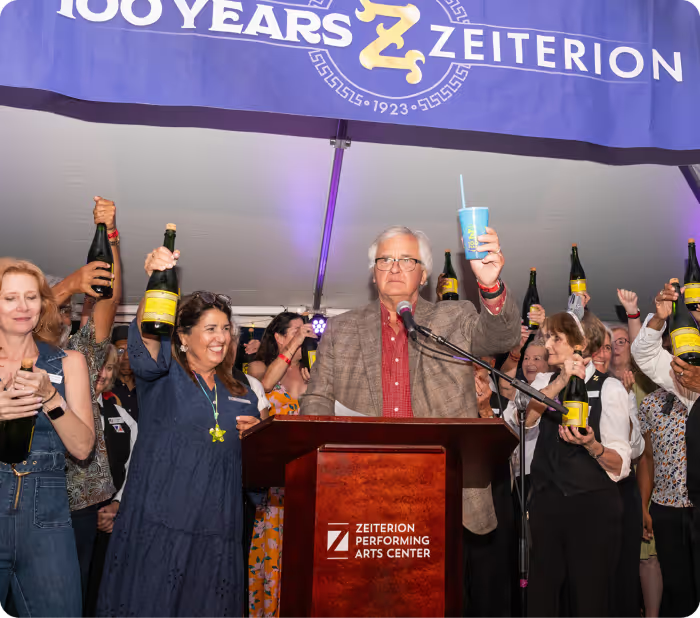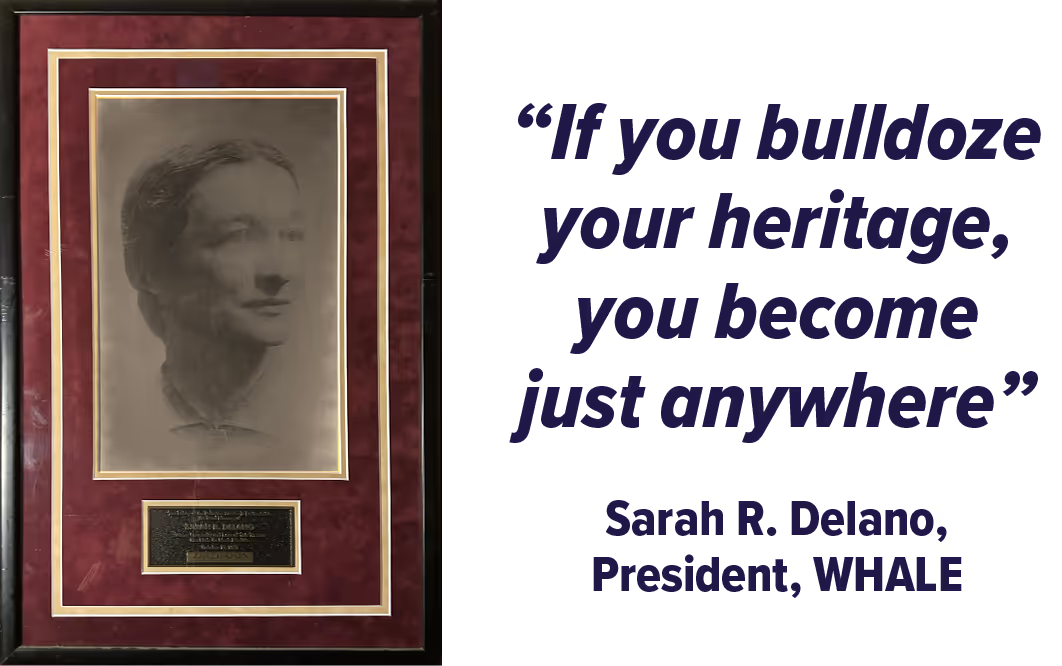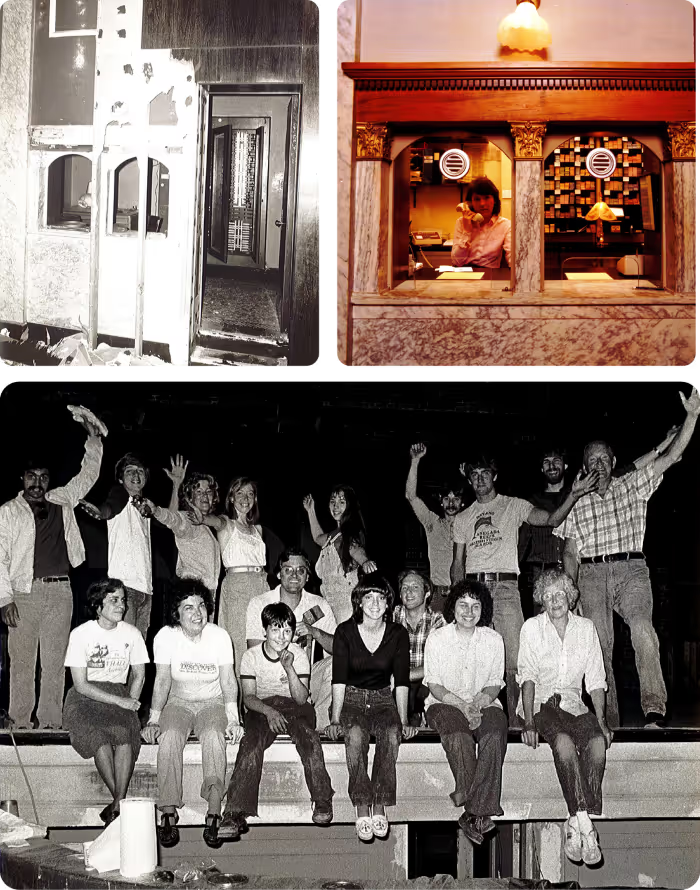New Bedford Festival Theatre
When the Zeiterion re-opened in 1982, it had two performing arts champions on its side: New Bedford High School educators known for producing award-winning high school drama and musical productions, Armand Marchand and George Charbonneau. They were there from the beginning. In fact, on opening night, the Zeiterion presented Shirley Jones and an archival photo of the evening shows Armand as one of her dining companions.
“When The Z first opened, re-opened after being a movie theater, I can’t describe to you the euphoria everywhere,” Armand said as George concurred. “It was amazing. You could feel it. You could see it in people’s faces.”
“The first few years of the theater, they really pushed hard to make the theater viable to the entire community,” said George. “The learning experience of any new theater organization, whether it’s Festival Theatre or the Zeiterion Theatre or any theater, is you have to pick and choose [shows] wisely.”
George was on the Zeiterion’s first board of directors, invited by John Bullard, to help guide the green theater. “Being on the board that first year, everybody was very excited about The Z opening,” said George. “And the board learned some quick lessons in a hurry.”
The duo had produced many performances at NBHS, and after their successful production of Jesus Christ Superstar in 1983, a Zeiterion board member advocated for them to present at The Z. This started a relationship that resulted in years of summer musicals thanks to Armand and George, who faced a heavy schedule of grueling production work as co-directors of three shows each summer at the Zeiterion and two shows at the high school.
This rigorous routine proved successful by 1985 when tickets to their performances at the Zeiterion were in demand. “The show that put us on the map was a production we did of A Chorus Line,” said Armand. “We did the show and we had a gigantic opening night party. It totally sold out.”
In 1990, after 7 years and 15 productions, Zeiterion leadership changed and these beloved summer musicals came to end. However, this devasting news was the catalyst for Armand to become the founder of New Bedford Festival Theatre. George became Artistic Director. “I had to choose somebody that I thought didn’t really care what their salary was,” Armand laughs.
Their first production, La Cage aux Folles, was a huge success. Festival Theatre, which became a resident company of the Zeiterion in the late ‘00s, brought Broadway-quality production to New Bedford for 30 years under Armand. He retired in 2019 with smashing production of Mamma Mia.
“When I stepped down from NBHS, when I retired, I still had 20 more years of work that I did for the Festival Theatre as executive producer. Every one of those was my pride…it was such a valuable situation for me – accepting role of executive producer. I just loved doing all that.”
“George and I love the Zeiterion,” said Armand.
Learn more about the founding of New Bedford Festival Theatre here.

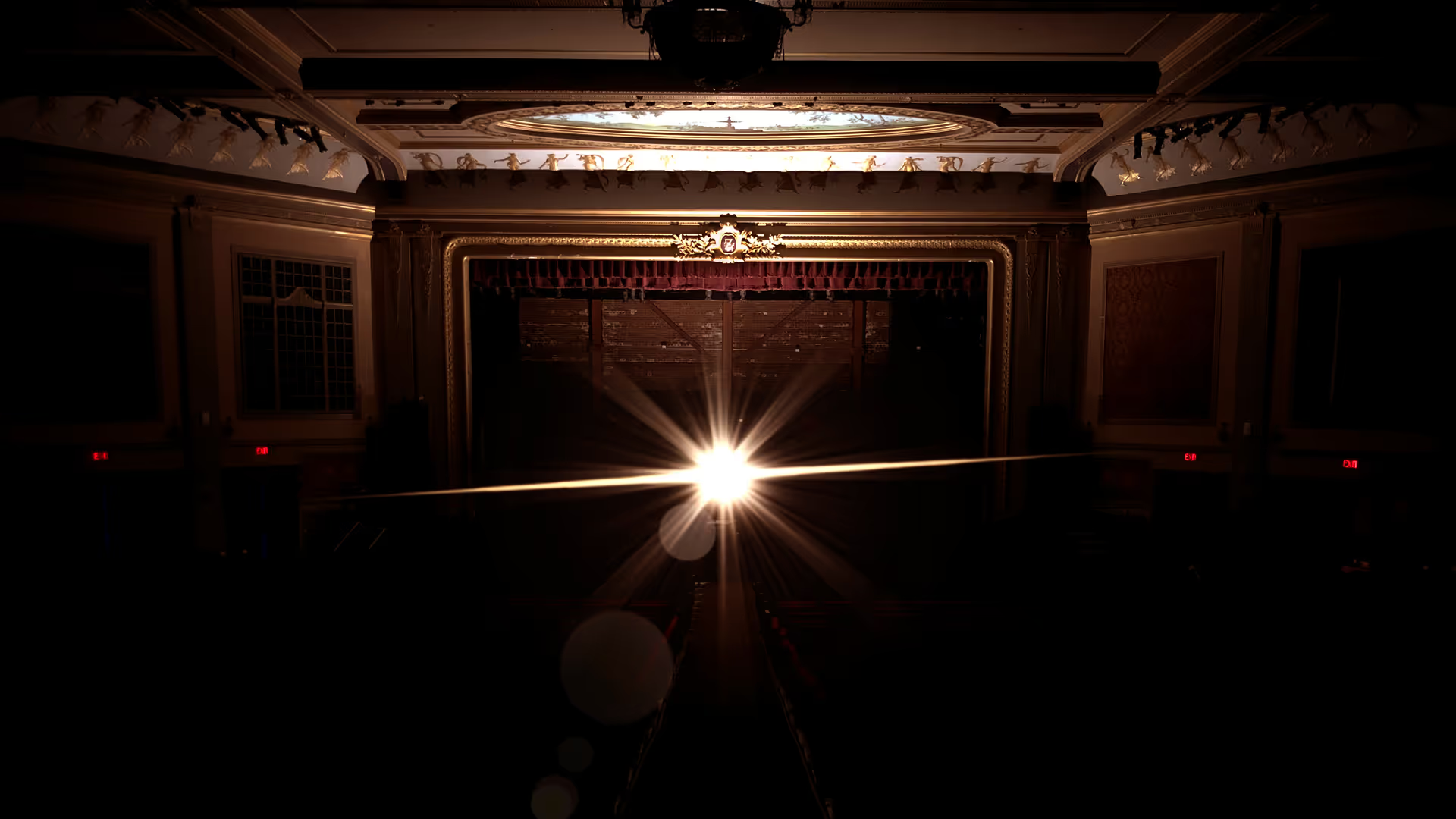












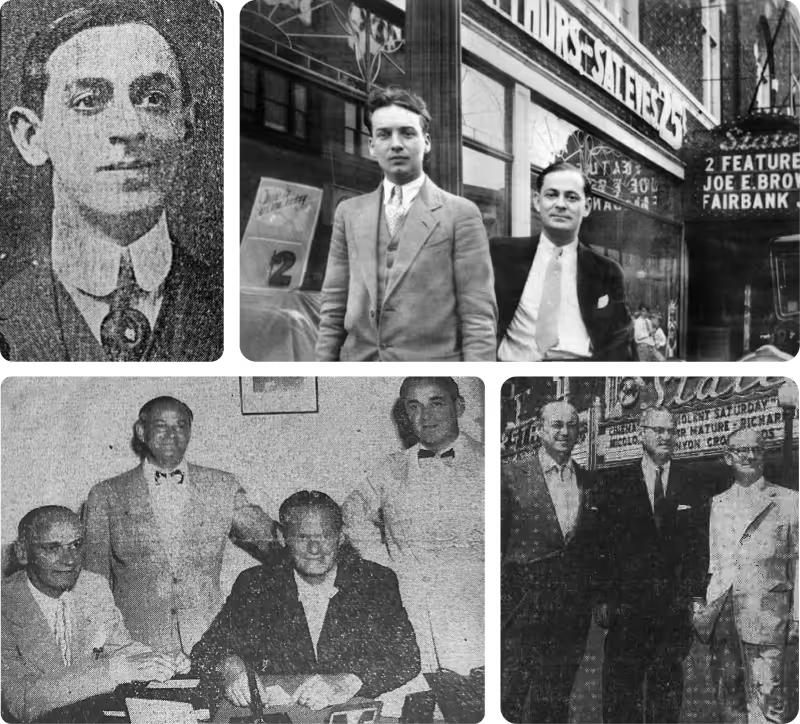

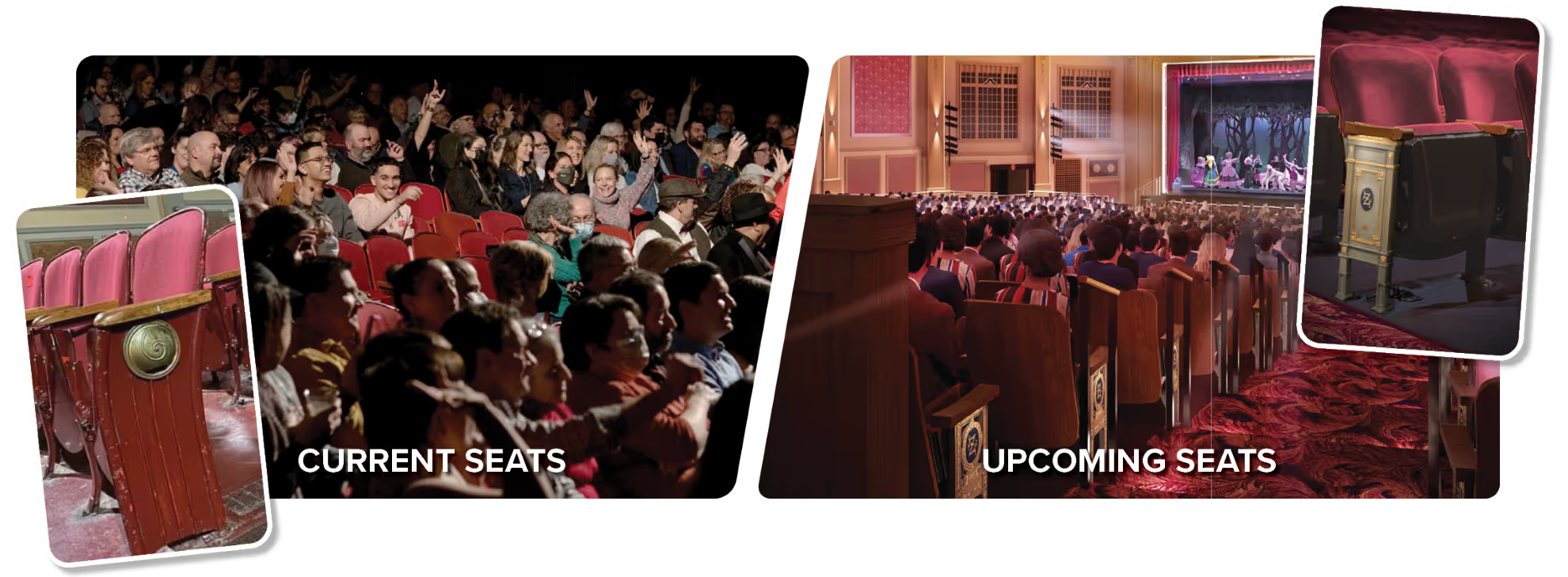


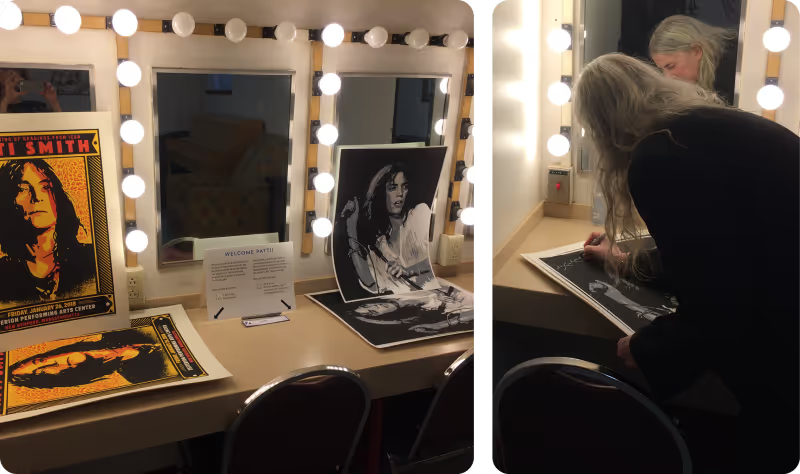



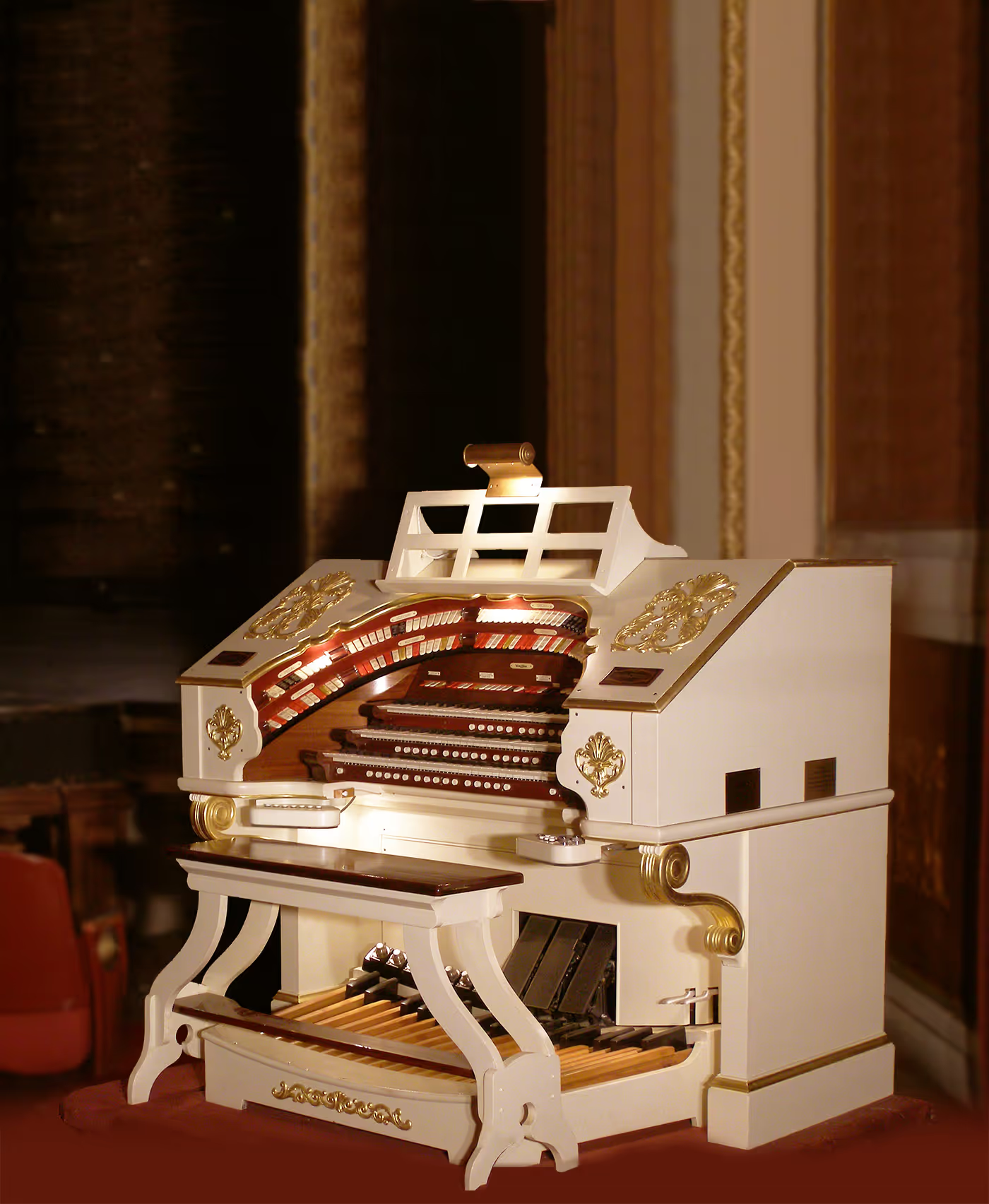

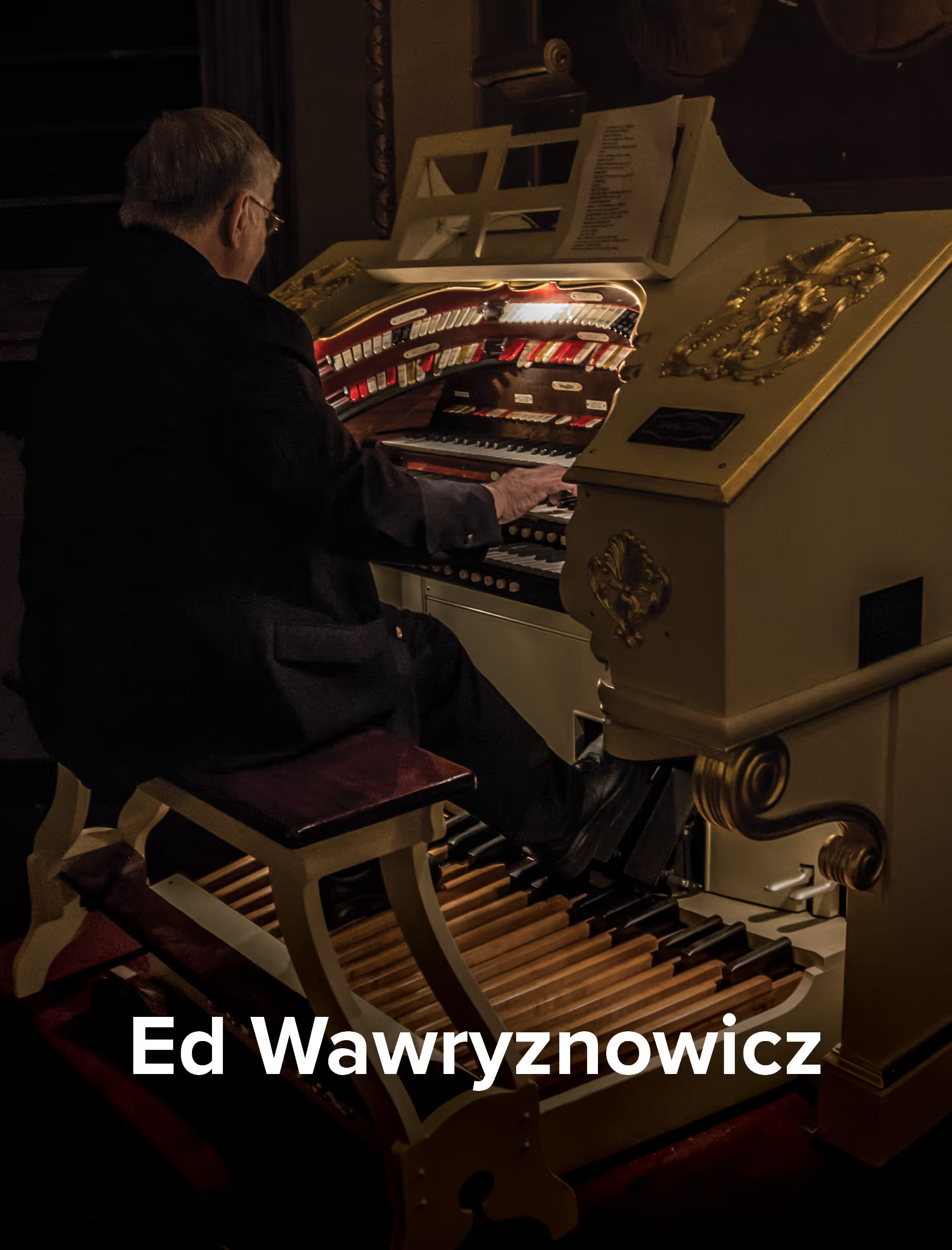
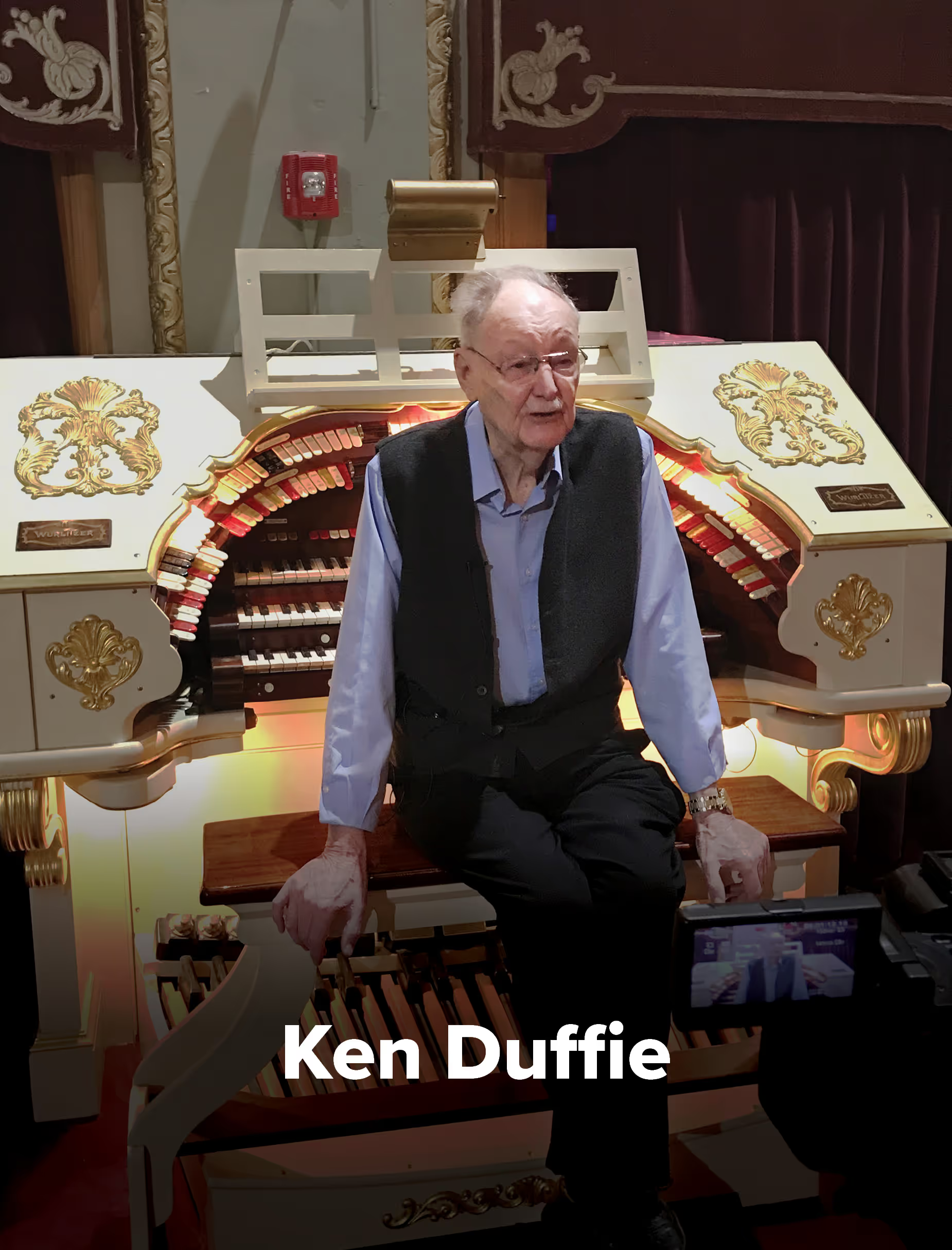


80s%20Renovation_Phase_2WEBRES.avif)
80s%20Renovation_Phase_1WEBRES.avif)
80s%20Renovation_Phase_1WEBRES.png)
80s%20Renovation_Opening%20NightsWEBRES.png)

80s%20Renovation_Opening%20NightsWEBRES.avif)




